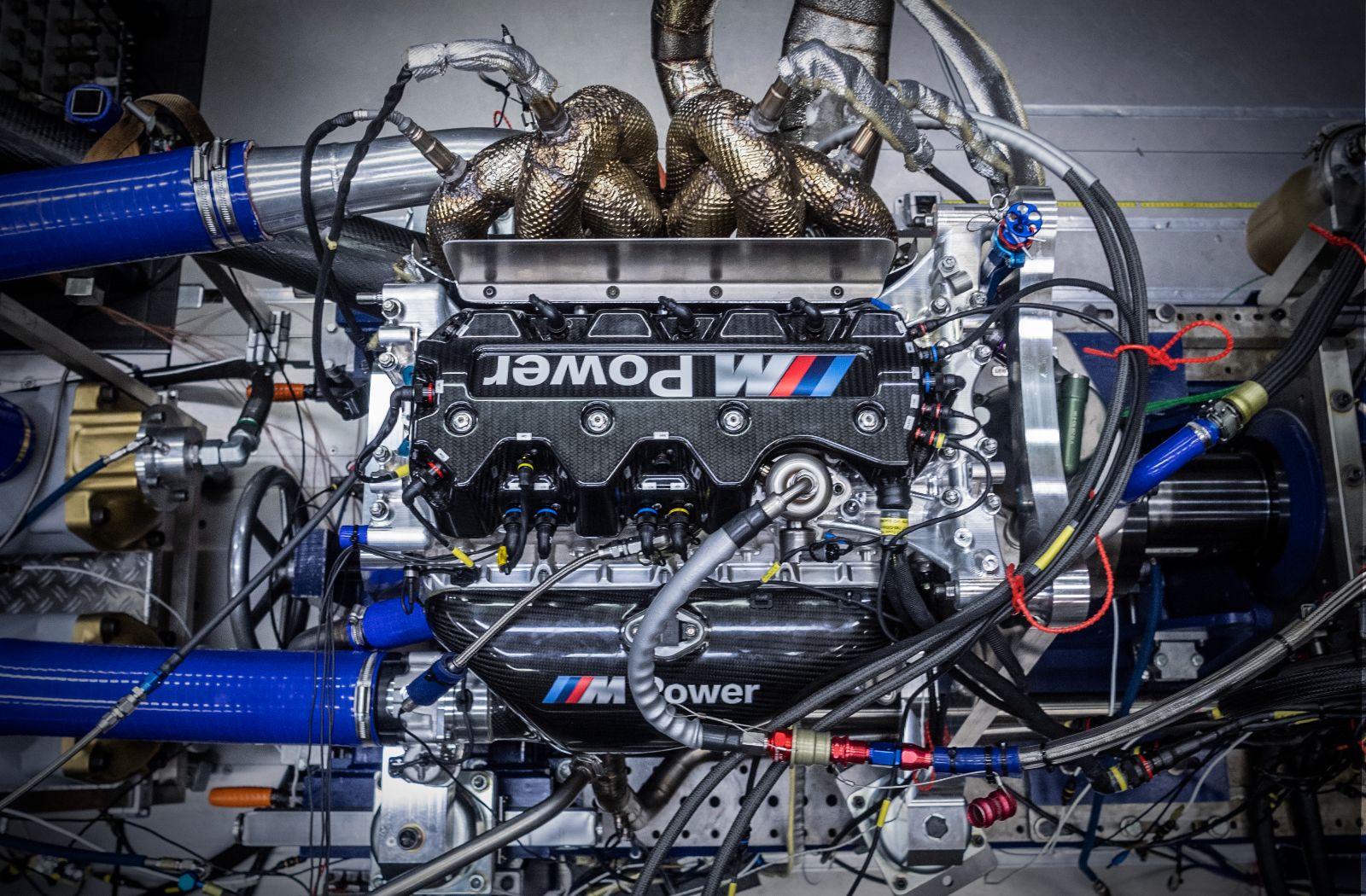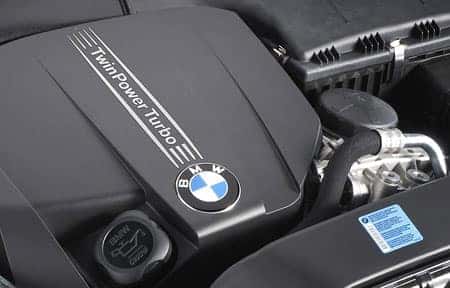Usual Problems Faced by BMW Engine Owners and Just How to Fix Them
Usual Problems Faced by BMW Engine Owners and Just How to Fix Them
Blog Article
Discovering the Development of Combustion Engines in Modern Transport Equipments
As we browse the landscape of contemporary transportation, the advancement of combustion engines stands as a testimony to human resourcefulness and design expertise. From their humble beginnings to the sophisticated powerhouses thrusting vehicles today, burning engines have undergone an impressive trip of advancement and adaptation. Recognizing the intricacies of this advancement not just clarifies the past however additionally leads the way for envisioning what lies in advance in the realm of transport modern technology. The interplay of background, modern technology, and environmental concerns in shaping the trajectory of burning engines creates a narrative that is both informative and compelling.
Very Early Beginnings of Combustion Engines
How did the idea of combustion engines very first emerge in the very early stages of transport development? The origins of combustion engines can be traced back to the 17th century when the concepts of internal combustion were initial checked out. In 1673, Christian Huygens conceived a standard internal combustion engine that used gunpowder to produce power. It wasn't until the late 19th century that practical applications of combustion engines in transportation started to emerge.
The advancement minute featured the creation of the first effective gasoline-powered engine by Karl Benz in 1885 - bmw engine. This engine led the means for the development of the modern vehicle, transforming transport systems worldwide. Succeeding technologies by Nikolaus Otto and Gottlieb Daimler better fine-tuned burning engine modern technology, leading to the mass production of cars and the rapid growth of the transportation market
These early burning engines were defined by their simpleness and efficiency, laying the structure for the complicated and powerful engines utilized in modern-day transport systems. The evolution of combustion engines has actually contributed in forming the method we take a trip and carry goods, marking a considerable turning point in the background of transport advancement.
Change to Internal Combustion Innovation
The transition to interior combustion modern technology marked an essential change in the development of transport systems. This shift began in the late 19th century, with innovators like Nikolaus Otto and Gottlieb Daimler developing the initial successful inner combustion engines. These engines reinvented transportation by providing a more powerful and effective choice to heavy steam engines and electric motors.
Among the key advantages of inner combustion engines was their capacity to be reduced to match vehicles, leading to the development of motorcycles and cars. This shift from cumbersome, fixed engines to small, mobile ones paved the means for the modern-day transport systems we see today.
The change to inner burning modern technology additionally spurred innovations in fuel innovation, causing the advancement of gasoline and diesel as primary fuel resources for vehicles. This shift not just made transport extra obtainable to the masses but also laid the structure for the oil and gas industry to come to be essential to global economic climates.
Impact of Combustion Engines on Transportation
The fostering of combustion engines in transport systems militarized an extensive shift in the performance and rate of worldwide movement. Combustion engines reinvented transportation by giving a reputable and versatile source of power for hop over to here numerous cars, including vehicles, aircrafts, ships, and trucks. This advancement considerably enhanced the capability for goods and individuals to relocate over fars away in much shorter time frames, leading to increased connection between regions and nations.
Additionally, the widespread use burning engines has had a significant influence on economic advancement. The capacity to transfer items successfully has actually stimulated profession and commerce, permitting companies to increase their markets and reach customers worldwide. This has actually assisted in economic development and globalization, as products can now be delivered quicker and in larger quantities than in the past.
Nonetheless, the ecological effect of burning engines can not be overlooked. The combustion of fossil gas has caused air contamination and greenhouse gas emissions, adding to climate adjustment and presenting wellness dangers to populations. bmw engine. As a result, there is an expanding emphasis on developing alternate propulsion innovations to mitigate these negative impacts and create a more lasting future for transportation
Technologies in Combustion Engine Design
Many advancements in burning engine style have moved the advancement of transport systems over the decades. One noteworthy development is the growth of turbocharged engines, which make use of exhaust gases to drive a turbine that presses inbound air, enabling more fuel to be scorched, causing enhanced power output without a considerable boost in engine dimension. In addition, direct injection innovation has actually boosted gas performance and efficiency by exactly managing the quantity and timing of gas injected into the combustion chamber. Variable valve timing systems have likewise transformed engine design by maximizing airflow at various engine rates, enhancing both power and effectiveness. An additional substantial improvement is the assimilation of light-weight products such as carbon fiber and aluminum alloys, lowering total engine weight and enhancing automobile gas economic climate. In addition, innovations in computer-aided design have actually enabled designers to enhance engine efficiency and efficiency with simulations before physical models are developed, saving time and resources in the growth process. These technologies jointly add to the continual renovation of burning engines in modern-day transportation systems.
Future Patterns in Burning Engine Growth
With technology developments driving continual innovation, the future of combustion engine growth is poised to transform transportation systems worldwide. One of the key trends in burning engine growth is the push in the direction of better efficiency and lowered emissions.
Another famous my website fad is the adoption of hybrid innovations in burning engines. Crossbreed engines combine conventional combustion innovation with electric power, using boosted fuel effectiveness and reduced discharges. As the vehicle market changes towards electrification, hybrid combustion engines are viewed as a transitional remedy that links the void in between conventional cars and fully electric ones.
Furthermore, the assimilation of clever modern technologies, such as expert system and data analytics, is anticipated to play a considerable function in the future of combustion engine growth. These modern technologies can optimize engine performance in real-time, causing a lot more reliable burning processes and improved overall car performance. Welcoming these future fads will not only drive development in combustion engine development yet likewise add to an extra environmentally friendly and sustainable transportation ecological community.

Final Thought
In verdict, the evolution of combustion engines in modern transportation systems has been marked by considerable advancements in innovation and design. From the very early beginnings of combustion engines to the change to interior burning modern technology, these engines have had an extensive effect on transportation.
The roots of combustion engines can be mapped back to the 17th century when the concepts of interior combustion were very first discovered. These engines reinvented transport by supplying an extra reliable and powerful choice to vapor engines and electrical motors.

Report this page